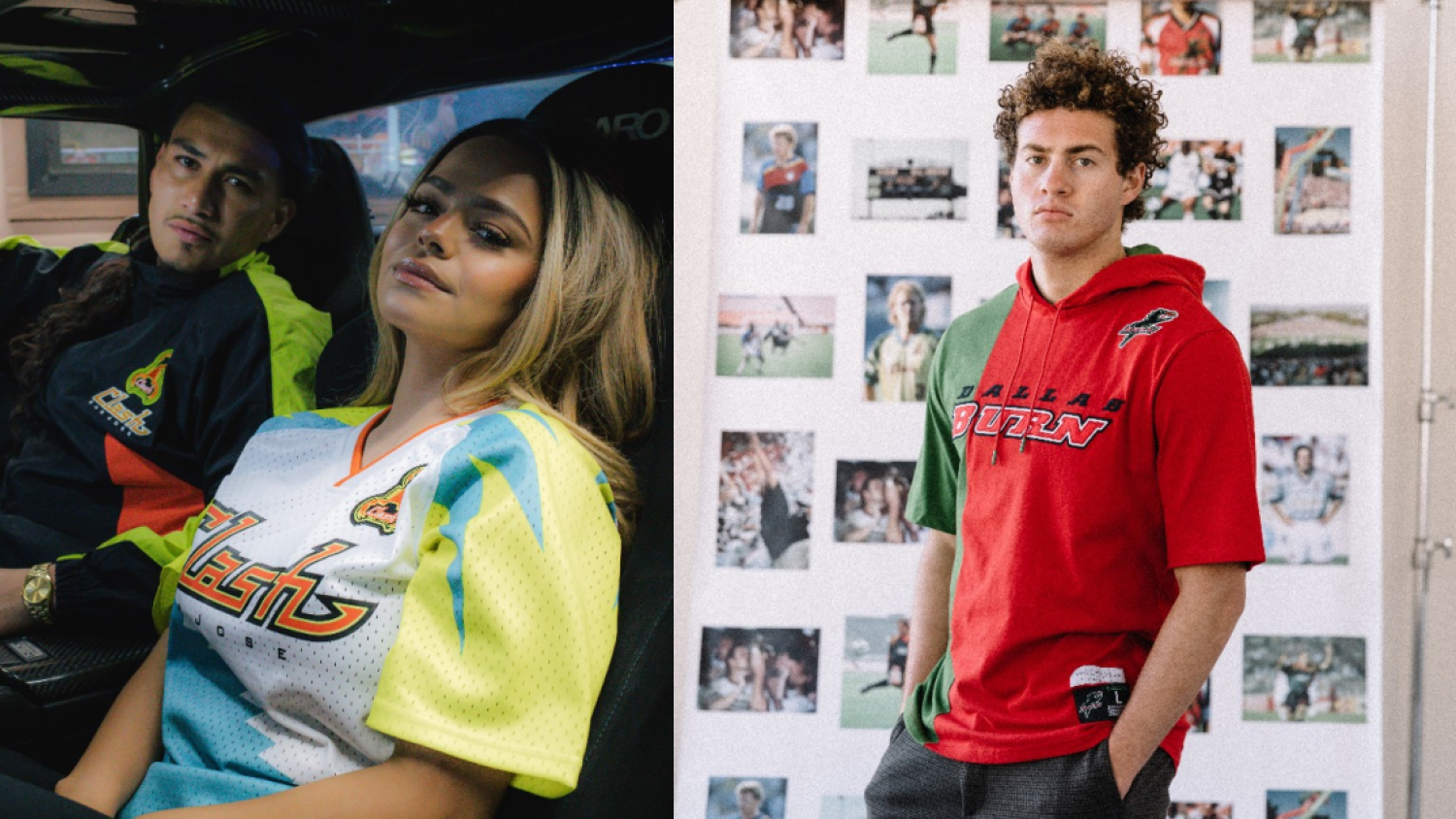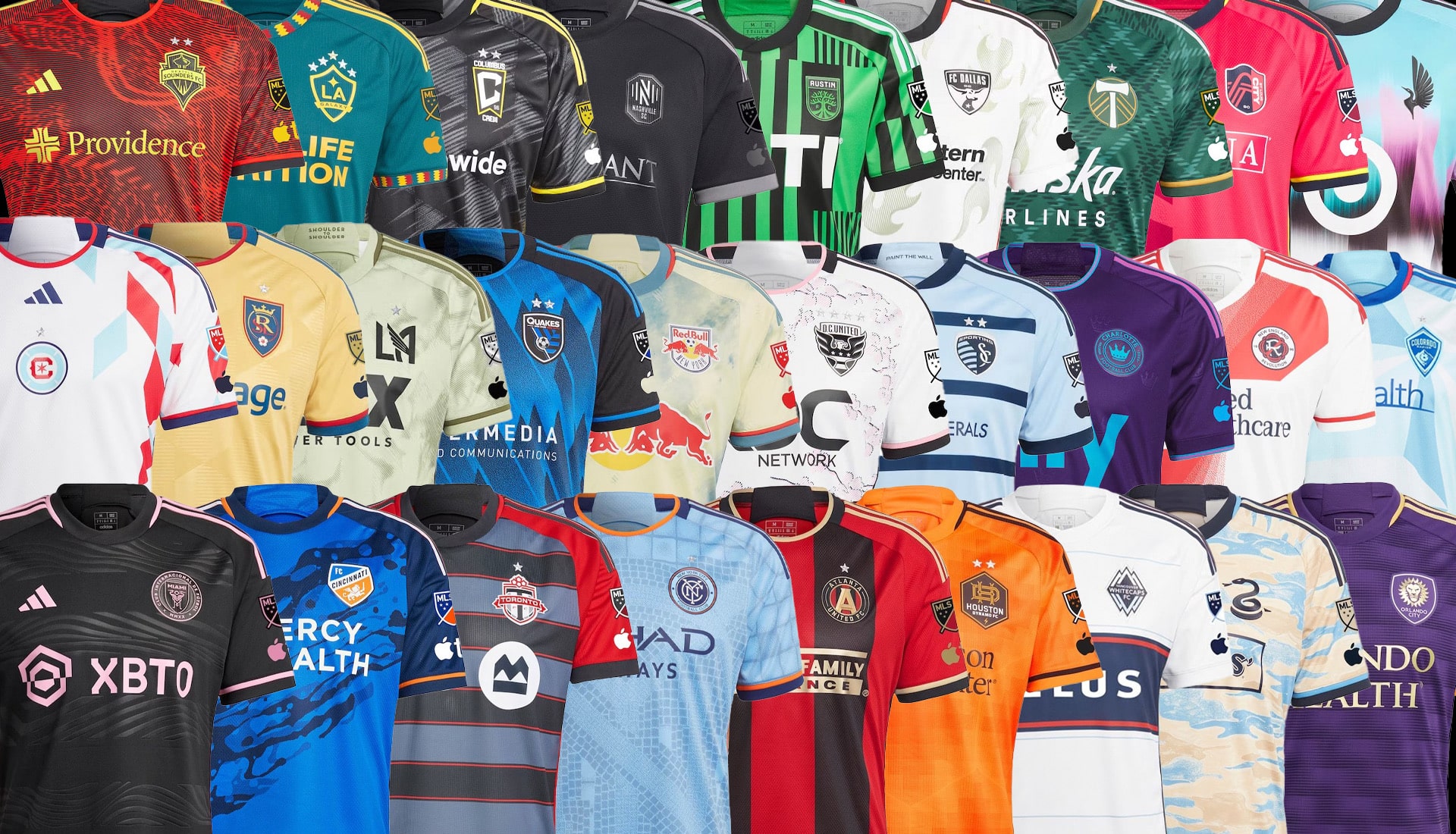Historical Evolution of MLS Retro Kits
Mls retro kits – The evolution of Major League Soccer (MLS) retro kits has been a fascinating journey, mirroring the league’s own growth and evolution over the years. From the inaugural season in 1996 to the present day, retro kits have played a significant role in connecting fans with the league’s history and fostering a sense of nostalgia.
The first generation of MLS retro kits, released in the late 1990s and early 2000s, were largely inspired by the league’s original ten teams. These kits often featured bold colors and simple designs, reflecting the nascent nature of the league at the time.
Cultural and Nostalgic Significance
MLS retro kits have become increasingly popular in recent years, as fans and collectors seek to relive the glory days of the league’s past. These kits evoke a sense of nostalgia and connection to the league’s history, providing a tangible link to the players and teams that have shaped its identity.
MLS retro kits evoke a nostalgic longing for the past, reminding us of the iconic moments and players that have shaped the league. They connect us to a time when Jennie Garth captivated audiences on our screens and soccer brought communities together.
These retro kits not only celebrate the history of the MLS but also serve as a testament to the enduring passion for the sport.
The cultural significance of retro kits extends beyond the realm of soccer fandom. They have become a symbol of American soccer’s growth and evolution, representing the league’s journey from its humble beginnings to its current status as a major force in the global soccer landscape.
The vibrant hues and iconic designs of MLS retro kits evoke a nostalgic longing for the past, reminiscent of the days when fitness guru Richard Simmons inspired millions with his energetic dance routines. These retro kits, with their bold colors and vintage flair, pay homage to the golden era of soccer while seamlessly blending the past with the present.
Design Elements and Inspirations

MLS retro kits showcase a captivating blend of nostalgia and contemporary design, drawing inspiration from historical uniforms, team traditions, and broader cultural trends. These kits often feature vibrant color schemes, bold patterns, and iconic logos that evoke memories of past eras while embracing the modern aesthetic.
The color schemes of MLS retro kits are often inspired by the original uniforms worn by the teams in their early years. For example, the Seattle Sounders FC’s retro kit features a striking green and blue colorway that pays homage to the team’s original crest and uniform from the 1970s.
Patterns are another common design element found in MLS retro kits. These patterns can range from simple stripes and checks to more intricate geometric designs. The patterns often serve to add visual interest and create a sense of nostalgia. For example, the FC Dallas retro kit features a subtle houndstooth pattern that is reminiscent of the team’s uniforms from the 1990s.
Logos are another important design element in MLS retro kits. These logos often feature the team’s crest or other iconic imagery from the past. The logos help to create a sense of identity and continuity between the past and present.
Historical Uniforms
Historical uniforms are a major source of inspiration for MLS retro kits. These uniforms often feature the same color schemes, patterns, and logos as the originals, but with updated materials and construction techniques.
For example, the LA Galaxy’s retro kit is a faithful recreation of the team’s original uniform from 1996. The kit features a white base with a blue and gold sash, and the team’s crest on the chest.
Team Traditions
Team traditions are another important source of inspiration for MLS retro kits. These traditions can include anything from the team’s colors to its crest to its nickname.
For example, the New England Revolution’s retro kit features a navy blue base with a red and white sash, which are the team’s traditional colors. The kit also features the team’s crest on the chest, which has remained largely unchanged since the team’s inception in 1996.
Pop Culture Trends, Mls retro kits
Pop culture trends can also influence the design of MLS retro kits. For example, the retro kits of the 1990s often featured bold colors and patterns that were popular at the time.
In recent years, there has been a trend towards more minimalist retro kits. These kits often feature simple color schemes and patterns, and they often incorporate modern materials and construction techniques.
Popularity and Market Value: Mls Retro Kits

The popularity of MLS retro kits stems from a combination of nostalgia, fashion, and fandom. Fans of MLS teams cherish these kits as tangible mementos of their team’s history and iconic moments. Collectors appreciate the kits for their rarity and aesthetic appeal, while fashion-forward individuals embrace them as unique and stylish streetwear.
The market value of MLS retro kits is influenced by several factors, including rarity, condition, and player associations. Rare kits, especially those from the early days of the league, command higher prices. Kits in pristine condition are also more valuable than those that show signs of wear and tear. Additionally, kits associated with legendary players, such as Landon Donovan or David Beckham, tend to fetch higher prices.
Market Trends and Projections
- The market for MLS retro kits has been steadily growing in recent years, driven by increased interest in vintage sports apparel and the nostalgia associated with the league’s early days.
- Experts predict that the market will continue to expand in the coming years, as more fans and collectors seek out these unique and collectible items.
- The value of certain retro kits, particularly those associated with iconic players or teams, is expected to appreciate significantly over time.